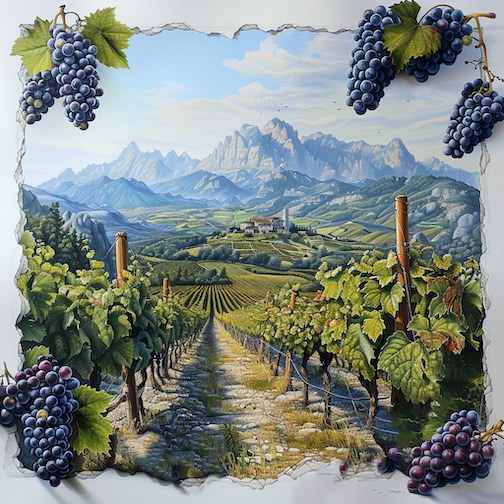Single-origin coffee has evolved from a niche preference into a flourishing global phenomenon, captivating coffee enthusiasts everywhere. Today, savoring coffee goes beyond the beverage itself—it’s about embracing the stories behind each cup, from the region where it grows to the dedicated hands that nurture every bean.
The single-origin coffee market is experiencing impressive growth. Valued at approximately $14.82 billion in 2025, it’s projected to soar to $23.19 billion by 2034, marking a compound annual growth rate of 5.10%. In the U.S., the market stood at $3.38 billion in 2024, with expectations to reach $5.69 billion by 2034, growing steadily at 5.34% annually. This surge reflects a growing consumer appetite for distinctive flavors, along with heightened demands for transparency and traceability.
At its heart, single-origin coffee focuses on the precise location of cultivation, from broader regions and countries down to individual estates or specific coffee varietals. Among these, micro lots stand out by offering extraordinary precision. Typically sourced from a small, clearly defined section of a farm, micro lots score between 87 and 89 points on the Specialty Coffee Association (SCA) scale. They empower producers to highlight their best beans, command higher prices, and build lasting partnerships with discerning buyers.
At the peak of exclusivity lie nano lots, consisting of merely one or two 60-kilo bags of coffee, each scoring above 90 points on the SCA scale. These coffees epitomize ultimate traceability, showcasing distinct characteristics influenced by unique soil conditions, sunlight exposure, and precise rainfall patterns—factors integral to achieving exceptional coffee quality.
The traceability revolution of single-origin coffee provides detailed insights into cultivation and processing methods. Consumers learn specifics about elevation, coffee varietals, and processing techniques, enriching their coffee experience. Unlike blends, single-origin coffees clearly articulate their origins, meeting contemporary demands for accountability and authenticity.
Sustainability is deeply woven into this movement. As more consumers actively seek fair trade and organic certifications, protecting the environmental, social, and economic vitality of coffee-growing communities has become paramount. The Specialty Coffee Association notes that 65% of consumers now favor brands with environmentally responsible practices, encouraging coffee shops to actively educate their customers about coffee origins and the communities behind each brew.
Recent insights from the Specialty Coffee Transaction Guide reveal a significant trend: small-lot coffee contracts (less than 1,000 pounds) rose from 19% in 2016 to 25% in 2023. This underscores the increasing fascination with exclusive, highly traceable coffees. As prices rise, coffee drinking transitions from a daily routine to an engaging hobby filled with exploration and storytelling, where enthusiasts eagerly discuss details such as altitude, varietal, and processing methods.
Looking ahead, innovation in coffee processing and varietals is thriving. Producers now explore advanced techniques like anaerobic fermentation and cultivate unique hybrids such as Geisha. Exotic tasting notes—once niche—like hibiscus, jasmine, and tropical fruits are captivating a broader audience, marking a new chapter in coffee’s flavorful journey.
Single-origin coffee isn’t merely a passing trend—it’s a vibrant movement rooted in community, transparency, and the pursuit of unparalleled flavors. As the coffee landscape continues to evolve, single-origin offerings promise to enrich our daily cups with deeper stories of creativity, sustainability, and the committed individuals who bring exceptional coffee from farm to cup.
Please note that if you purchase from clicking on the link, some will result in my getting a tiny bit of that sale to help keep this site going. If you enjoy my work, perhaps you would consider donating to my daily cup of coffee, thank you.


